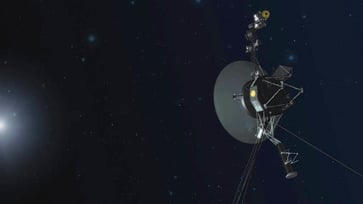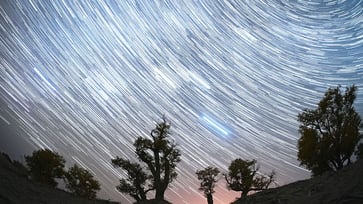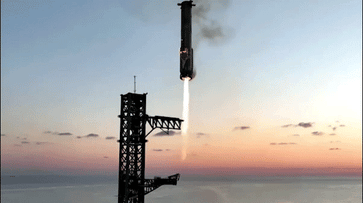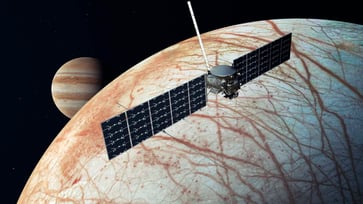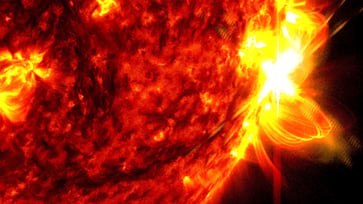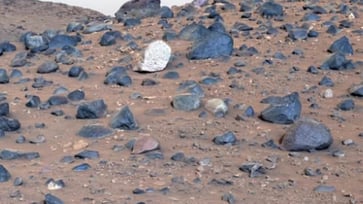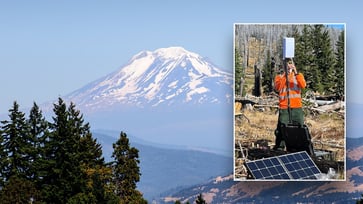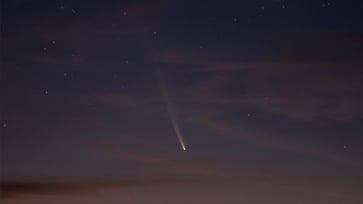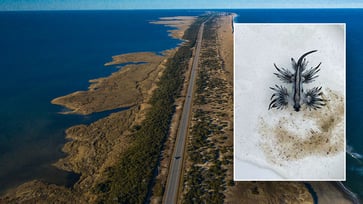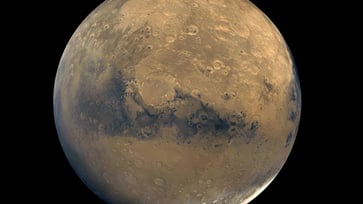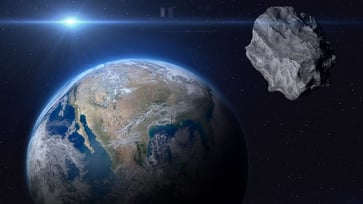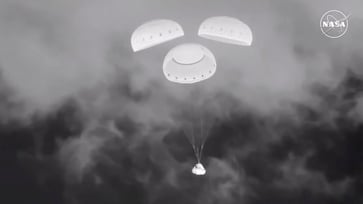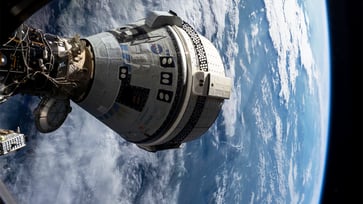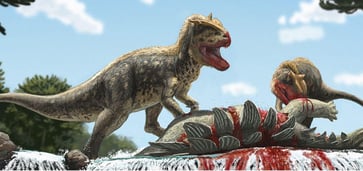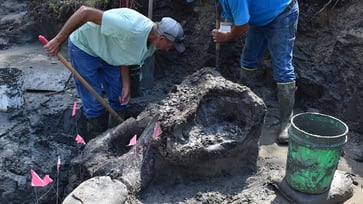Asteroid that caused mass extinction of dinosaurs likely originated from beyond Jupiter, research suggests.
Researchers investigate the effects of the asteroid impact that occurred in Chicxulub, Mexico, 66 million years ago.
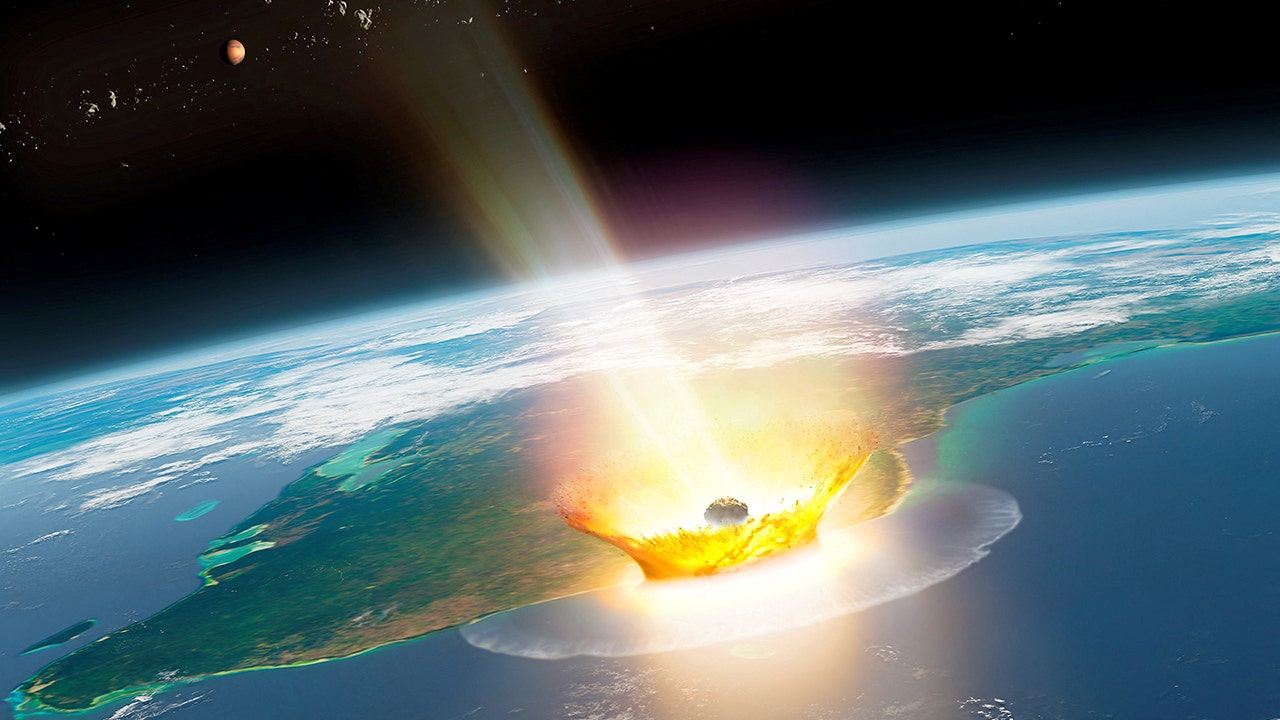
A new study by scientists investigating the asteroid that caused the extinction of dinosaurs 66 million years ago suggests that it originated "beyond the orbit of Jupiter."
The researchers determined their findings after examining the geological remains of the impact in modern-day Chicxulub, Mexico, as published in Science on Thursday.
According to a study, Mario Fischer-Gödde of the University of Cologne in Germany measured ruthenium isotopes in impact deposits and compared them with various classes of meteorites to determine potential impactor compositions.
"The Chicxulub impactor was a carbonaceous asteroid that originated in the outer Solar System, while five other impacts were caused by silicate asteroids that formed in the inner Solar System."

The study's abstract stated that the asteroid impact at Chicxulub resulted in a global stratigraphic layer that separates the Cretaceous and Paleogene eras.
"The layer of the asteroid that struck Mexico has elevated concentrations of platinum-group elements, including ruthenium, according to the scientists' data, which indicates that the asteroid formed beyond the orbit of Jupiter."

According to Fischer-Gödde, Chicxulub appears to be a distinctive and uncommon example of a carbonaceous-type asteroid colliding with Earth, as suggested by previous research on the asteroid's true origin.

"Fischer-Gödde added, "If this impact had not occurred, what would our Earth look like today?" He suggested, "We should appreciate more the fact that we are here and this may be a fortunate coincidence that everything has aligned as it has today.""
science
You might also like
- Lunar modules from the first two moon landings have been captured in stunning detail by Orbiter photos, more than 50 years after the historic missions.
- Discovery of a remarkable mastodon jaw in a New York homeowner's backyard
- NASA resumes communication with Interstellar Voyager 1 after pause.
- In 2055, the asteroid that was once referred to as Earth's "mini moon" will make a return visit.
- A new species of sea slug that resides in the ocean's 'midnight zone' has been discovered with a glowing appearance.
